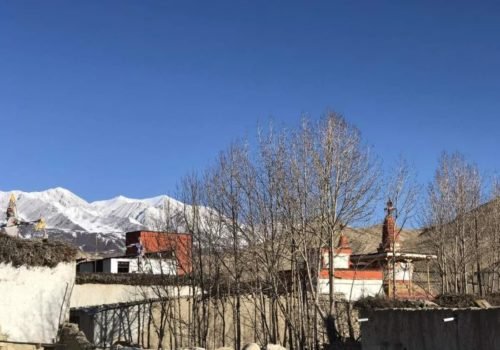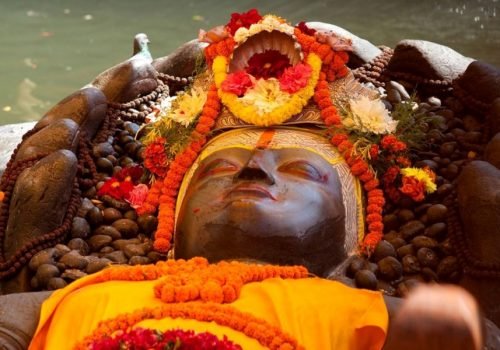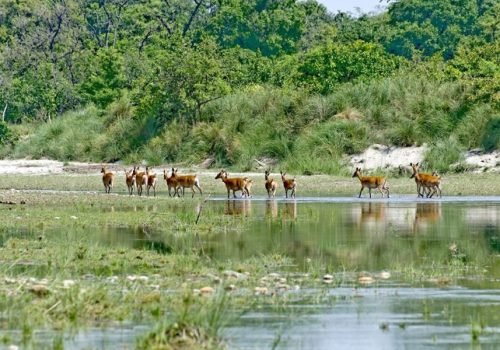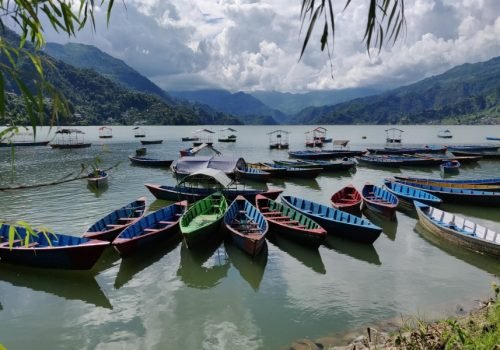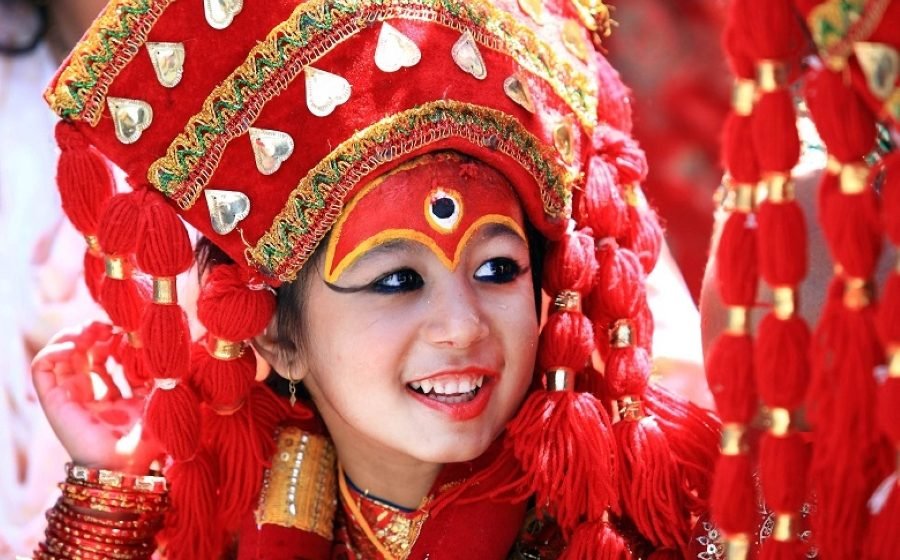
The Living Goddess – KUMARI
Posted in 12th Jun, 2020
The Living Goddess Kumari is a Nepali word meaning ‘virgin goddess.’ The Royal Kumari, the spirit of the Taleju goddess believed to be embodied in a long succession of Nepali girls, has been worshiped for centuries by Hindus and Buddhists. Traditionally speaking, Taleju is the state goddess, the chief protectress of the royal lineage, and the virgin mother of the world. Interestingly, the Royal Kumari is always chosen from the Newar Shakya clan. Though the Kumari is Buddhist by birth, the Taleju is a very important Hindu Goddess. This unique tradition is a perfect example of the intertwining and peaceful coexistence of religions Nepal has long been known for.

Young girls must have the 32 perfections of the goddess in order to be a Royal Kumari. The list of requirements is elaborate: she must have perfect health without any history of serious illness, unblemished skin, black hair, gorgeous expressive eyes, a sonorous voice, long slender arms, delicate and soft hands, and feet, straight hair curled towards the right side, no bad body smells, and must not have shed any blood. The most important requirement is that the girl has never menstruated. When Kumari has her first menstruation, she loses her divine power and is returned back to life as an ordinary girl. Her family’s reputation for piety is taken into consideration by the selection committee, which also looks for calmness and fearlessness in the girl. To ensure the girl’s compatibility with the King of Nepal, her horoscope is compared and must match with his, as the Kumari has an important role in relation to the King, including the traditional power to confirm the King’s rule.

The nominated girl then undergoes an extraordinary test on the night of Kalratri (the eighth night of the Dashain festival). She must pass by one hundred and eight buffaloes and goats that have been sacrificed to the Goddess Durga, without any fear. If she maintains a perfectly calm demeanor through the circuit of carnage, she is taken into the Taleju temple by a high priest and installed as the new incarnation of the goddess.
There are actually eleven living goddesses in Nepal known as Kumari. They are chosen for various towns because Kumaris are believed to protect the towns from evil powers. The three most important Kumaris are each associated with one of the three main towns of the Kathmandu Valley: Patan, Bhaktapur, and Kathmandu. The Royal Kumari of Kathmandu is by far the most influential and revered.
- Blog – Things not to miss in Pokhara
- Blog – Things you can do in Kathmandu
- Blog- Local Shopping in Nepal
- Blog – Adventure activities you can do in Nepal
- Blog- Things you can do in Chitwan National Park
- Blog- What to pack for Nepal Trip
- Blog- The Best time to travel to Nepal
- Blog- Must-try food and best place to eat in Nepal
- Blog- Nepal local currency and ATM facilities
The Royal Kumari lives in a magnificent, intricately carved three-floored wooden and tile temple where she performs her daily rituals. This temple, known as the Kumari Chhen or Kumari Ghar (Kumari House), is located on the southern end of Basantapur Durbar Square. The Kumari House is a favorite tourist spot; every day one can see enthusiastic foreigners and devotees flocking into the courtyard of the Kumari House. Non-Hindus are allowed to enter the premises but not all can visit the Kumari.
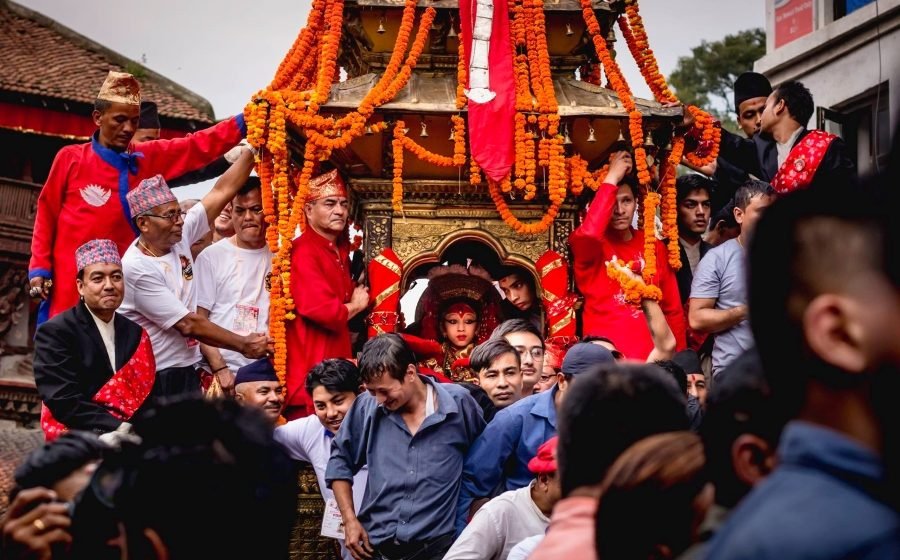
Throughout her span as the goddess, Kumari has to live in isolation from her family. Even when her actual family members visit her, she is treated with respect and a kind of distance because she is no ordinary girl, she is the goddess. The goddess spends several hours each day on her throne, receiving up to a dozen visitors, who may range from peasants to government officials. The movements of the goddess during offerings of the devotees are regarded as omens. If she cries or laughs loudly, the worshipper is expected to become seriously ill or even die. If she weeps and rubs her eyes, the worshipper will die immediately. If she trembles, the person will go to jail; if she claps her hands they will have a cause to fear the King; if she picks at the food offered, the visitor will soon lose money. If none of the ominous signs appear, the worshipper’s wish will be fulfilled.
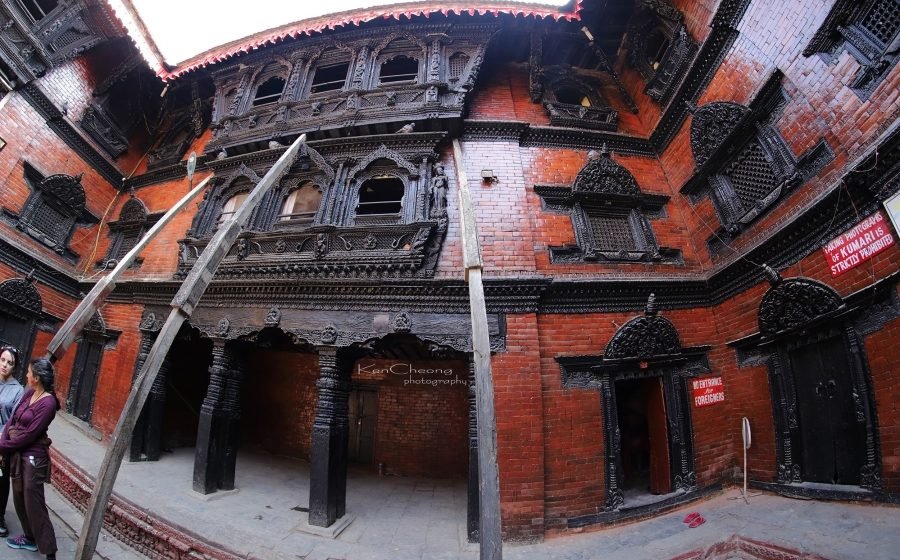
There are only fifteen days a year when the Royal Kumari comes out from her temple for festivals. One of these is Kumari Jatra, part of the celebration of Indra Jatra (festival of Indra, the God of Rain), which is the largest public festival in Kathmandu. On this occasion, devotees gather to witness the procession of the Kumari in her enormous chariot. The chariot, set on massive wheels, covered with gold-plated copper sheeting, and culminating in a double-roofed pagoda, travels the main thoroughfares of Kathmandu on a scheduled route for three days.
The Kumari’s feet must never touch the ground; to do so is considered impure. The few times she appears outside the palace for non-festival occasions, the Kumari is carried in a covered palanquin. During her tenure in the god-house, a government trust fund bears her entire expenses, including that of her caretakers.
FOR MORE INFORMATION PLEASE CONTACT
Golden Nepal Holidays Pvt. Ltd. Kathmandu, Nepal Cell: +977-9849 855 872 | +977-980 8595985 WhatsApp No.+977-9849855872 Email: sales.goldennepalholidays@gmail.com


